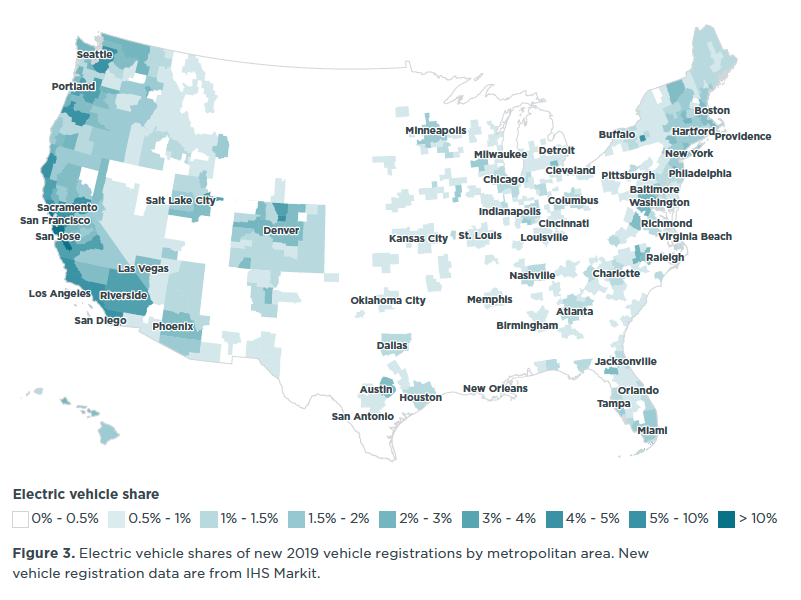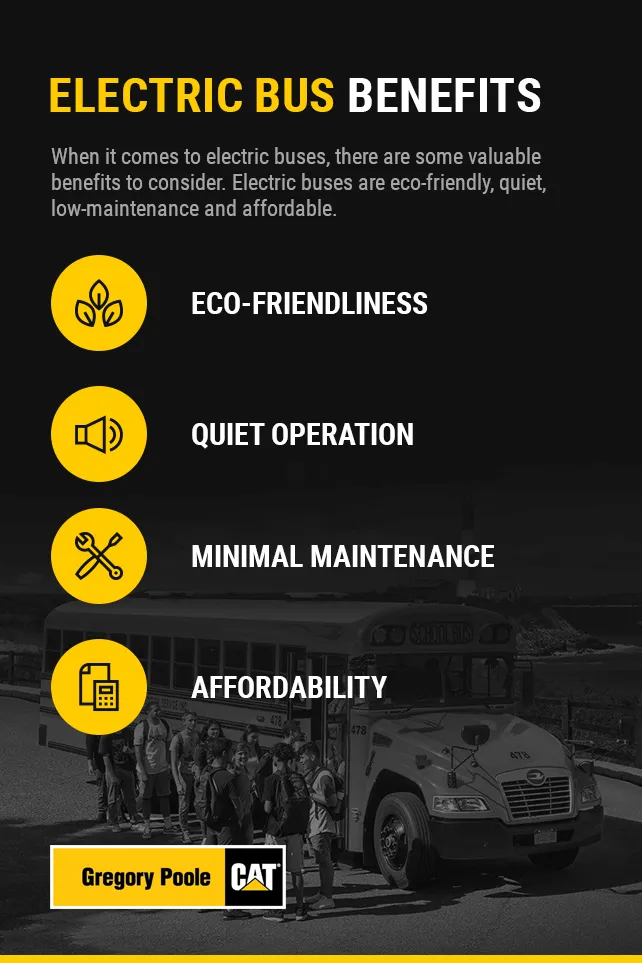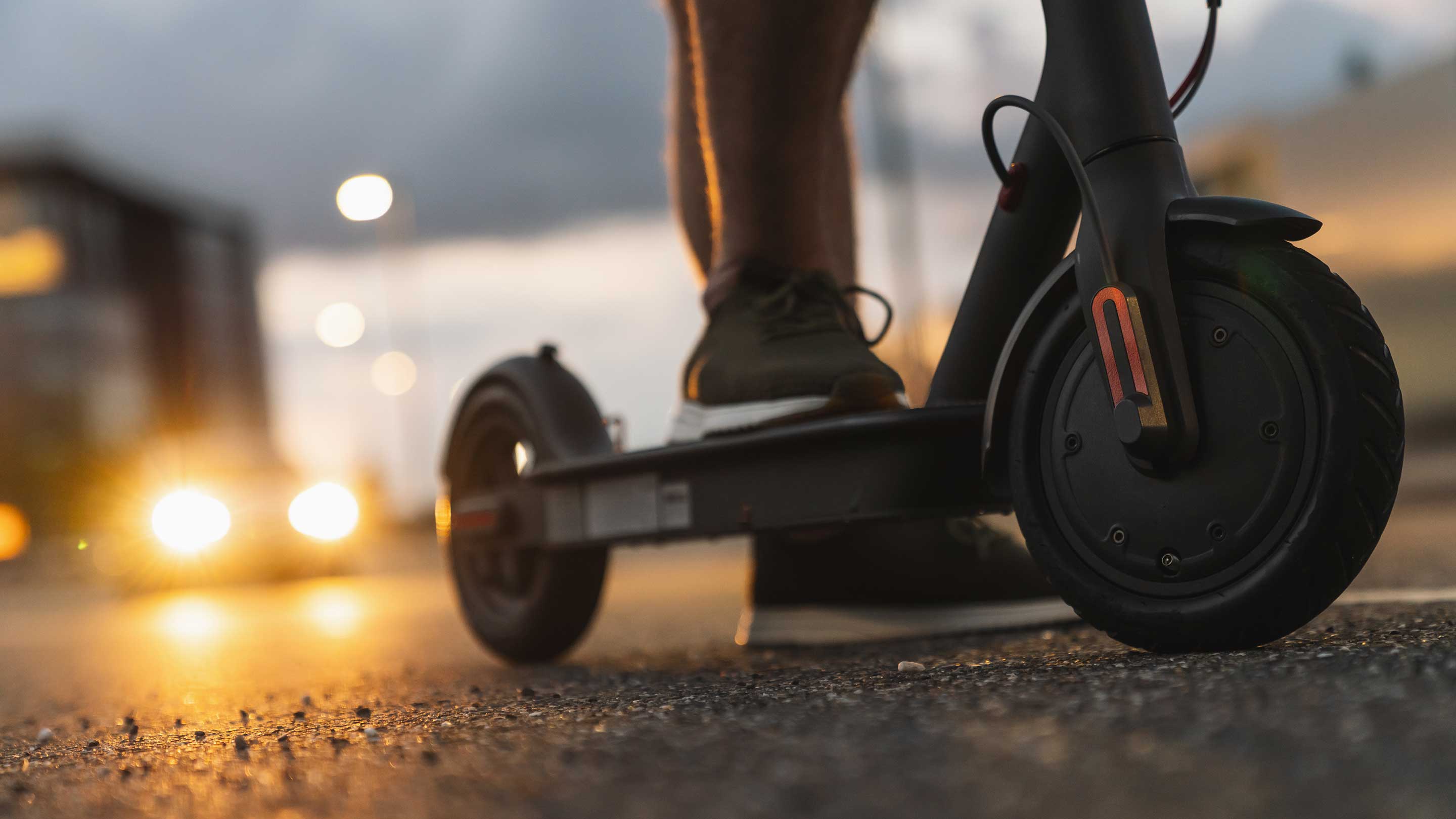Buckle in folks, the urban mobility revolution is literally upon us. This isn’t about your father’s rumbling V8 but rather, a spectacle of electric buses, bikes, and scooters. They’re quiet, they’re swift and they’re transforming cityscapes in ways we never thought possible. Pollution and congestion, be warned. Our streets are about to get an electrifying shake-up. Stay tuned for a riveting journey into the future of transport.
The Shift from Cars to Electric Alternatives

There’s a revolution happening on our city streets. The familiar growl of engines and honk of horns is being steadily replaced by the near-silent hum of electric mobility. More and more, traditional gas-guzzling automobiles are giving way to their efficient, environmentally friendlier brethren: electric buses, e-bikes, and scooters.
We are witnessing not just a technological shift, but a fascinating cultural one. The love affair of the urban populace with cars, a fixture of the 20th-century landscape, seems to be waning. There’s a growing recognition that gas-guzzling hunks of metal may not be the most sustainable form of transport in our cramped, bustling city streets. The future belongs to lean, green, electric machines.
And why not? Electric alternatives answer a lot of the questions that cars, especially in a cityscape, find tough to deal with. Think about traffic, parking, fuel costs, and the ever-looming, omnipresent specter of climate change.
Electric buses, for instance, are becoming a more common sight on city routes. They’re powerful enough to easily keep pace with the traffic, yet they produce zero tailpipe emissions. The benefits are multifold, from reduced smog and healthier air to less noise pollution.
Then, there are e-bikes and scooters, much smaller than buses but just as electrifying, both literally and figuratively. Compact, nimble, and surprisingly powerful, these vehicles can zip through gridlocked traffic with ease, making them a timely response to the evolving transport needs of our modern metropolitan areas.
The journey from petrol to electric is gaining momentum every day. Yet, it’s more than just swapping a gas tank for a battery. It’s about changing the way we view and engage with the urban world around us; it’s about making our cities more livable in. It’s an exciting time to put the pedal to the metal, or in this case, the battery to the asphalt. And as we look to the future, the only question remains – are you ready to plug into this transition?
The Advantages of Electric Buses

Electric buses are the superheroes of urban transportation, zipping around the city with nary a puff of dirty exhaust. First off, they’re spacious. A conventional city bus seats around 40 people, while the latest electric models can handle upwards of 60. That’s a lot of cars off the road, assuming people can be persuaded to leave their vehicles at home and hop on the bus.
Then there’s the cost equation. Yes, electric buses cost more upfront, but over their lifespan, they more than make up for it. Electricity costs less than diesel, and electric drivetrains require less maintenance. No oil changes, no emissions testing — they essentially pay for themselves over time.
Exhaust emissions are a cutting-edge concern in our cities. An electric bus eliminates that concern, as it produces precisely zero tailpipe emissions. No nitrogen oxides, no particulate matter, no greenhouse gases. Just seamless, quiet propulsion.
Speaking of quiet, electric buses are just that — whisper-quiet compared to their diesel-swilling counterparts. In a city, that can make a sizeable difference in the ambient noise level. Fewer roaring engines means less noise pollution, making our urban landscapes notably more peaceful.
Another point to consider is how buses themselves can alter and enhance the urban traffic grid. With the implementation of dedicated bus lanes and priority traffic signaling, an electric bus system can not only reduce the number of cars on the road, but also expedite the movement of people through the city.
In terms of tech, many electric buses now come with features like USB charging ports and Wi-Fi, further enticing technologically savvy urban dwellers. If you can catch up on your favorite show while commuting, why wouldn’t you leave the car at home?
Lastly, and perhaps most importantly, there’s the notion of sustainability. We need to reduce our global carbon footprint, and electric buses present a real, tangible way to do that.
In sum, when it comes to city transportation, the electric bus isn’t just a viable option; it is the way forward. Spacious, cost-effective, quiet and clean, it ticks all the boxes for future urban transportation. Throw in the tech bonuses, and it seems like a no-brainer. Watch this space: the era of the electric bus is just beginning.
The Popularity of Electric Bikes

Electric bikes, or e-bikes, are rising above novelty status and making headway into what can only be described as a significant cultural phenomenon. This isn’t news to those innately familiar with the bona fides of two-wheeled transport, of course, but the amplification, so to speak, from pedal power to electric power, has been a game-changer.
E-bikes pose a rather believable and exciting facsimile of traditional cycling, just with an added bonus. They offer an extra ‘oomph,’ a little extra wind at your back courtesy of a motor that helps with climbing hills and making your commute less sweaty. They’re a marvel at merging health, convenience, and environment-friendly aspects into one package.
Sales statistics capture this growing phenomenon in concise monetary terms, with e-bike sales noticeably up by almost 145% in 2020 compared to 2019. This surge had a lot to do with the global pandemic, no doubt, but they were steadily climbing even before that.
The shift towards e-bikes involves more than just the addition of a battery to a traditional bicycle. It represents a change in how we view mobility and our carbon footprints, a subtle recognition of the costs of car culture, and a collective embrace of diverse transit methods.
In the city, their appeal is obvious. Congestion is a wincing reality, but e-bikes slither around traffic with an admirable poise. They’re particularly beneficial to those who may want to ditch a second car or want to skip the often shoulder-to-shoulder madness of public transit during peak hours which, let’s be honest, often feels more battle scene than morning routine.
Witnessing the growth of e-bikes, cities worldwide are adapting by accelerating the proliferation of bike lanes and adjusting regulations to welcome these e-powered steeds. But what’s truly worth underlining is the promise they hold for evolving urban landscapes – they’re not just a passing phenomenon or a toy for the tech-savvy or eco-conscious. E-bikes are entering mainstream discussions about sustainable, effective, and democratic transit, creating a surge of energy towards a future beyond cars.
The Surge of Electric Scooters in Cities

Electric scooters seemingly burst onto the urban scene overnight, causing uproar and intrigue in equal measure. One moment, city streets were dominated by traditional modes of transportation – cars, buses, bicycles. The next, an army of upright commuters, silently zooming by on a fleet of electric scooters. Cue the murmurs about the “Segway apocalypse,” despite the fact electric scooters are significantly more accessible and less ludicrous looking than Segways ever were.
These thumb-throttle micro-machines are not just a fleeting trend or a pesky nuisance for city dwellers to dodge on their daily commute. They’re part of a wider shift towards smaller, more efficient, and less polluting forms of mobility — forming the bedrock of a transport revolution that recognizes the incredible inefficiency of having a single person commute in a vehicle designed to carry five.
In the grand scheme of urban planning, electric scooters could be the glue that binds an evolving network of alternative transportation. Quite often, they are the missing link in a traveler’s journey – the last stretch from the bus stop or metro station to the final destination that might have previously been walked, or worse, navigated in a pollution-spewing car.
These two-wheeled wonders are an evolution in micro-mobility. They offer an accessible, efficient, and cleaner way for people to navigate the cityscape. Particularly for shorter trips, they prove to be a worthy alternative to larger, more expensive means of transport.
However, their popularity does not come without challenges. Cities have to grapple with ensuring safety, regulating the booming industry, and managing the public spaces where electric scooters gather like herds of electronic wildebeests. Alongside the benefits of noise reduction, traffic mitigation, and reduced emissions, the surge of electric scooters presents a complex puzzle for urban landscapes to solve.
Nonetheless, it’s nearly impossible to argue against their potential once you’ve hopped on one. They’re a gust of fresh air, cutting through stagnant traffic, symbolizing a move away from a car-dominant city structure. Electric scooters may well be the street-scape equivalent of a checkmate, signaling the inevitability of the electric revolution in urban mobility. It’s a silent usurpation, punctuated only by the distinctive hum of electric motors – a sound cities around the world are beginning to familiarize with. They’re not just good fun, they’re good sense.
Bold and penetrating, the surge of electric scooters in cities should no longer be viewed as an invasion, but as a welcoming parade. After all, every revolution needs its renegades and every renaissance its harbingers. It’s about time we give a friendly nod to these compact, emission-free, hum-chirping heralds of change.
The Impact on Urban Landscapes

Cities are morphing under the influence of electricity. The silent hum of electric buses down the lanes, the astonishing swiftness of electric bikes overtaking urban traffic, and the almost magical appearance of electric scooters on every corner have begun to reshape our cityscapes. Streets that were once clogged with tailpipe-spewing cars are clearing up, replaced by zero-emission buses and the nimble, battery-powered two-wheelers. Quiet reigns where there used to be a deafening roar of combustion engines. We’re breeding cleaner, tranquil, and more vibrant urban spaces.
A most notable change is the emergence of micro-mobility lanes – dedicated zones for bicycles, scooters, and the like. Cities like New York and Paris are rapidly repurposing their car-dominated asphalt spraws into biking and scootering zones. Simultaneously, recharging stations for these electric vehicles are beginning to punctuate city streets, much like gas stations once did. They’re subtle reminders that cities are becoming ever more interconnected, as they support the roar-less fleet of the urban commuting future.
Public transportation too has morphed. Buses, the literal backbone of a city’s mobility network, are now electric and, invariably, enviably engulfed in innovative design details. Sleek, colourful, and with panoramic views, they’ve become an interesting foreground against the city’s soaring skyline. Many cities have chosen to highlight their unique architectural styles by subtly tinting their buses’ exterior, inducing an appealing sense of aesthetic continuity.
Green spaces have broadened, as reduced gridlock enables city planners to think beyond the car. Freed from the burden of planning around poisonous exhaust and the need to store stationary vehicles, more streets are being transformed into pedestrian-only zones, parklets, and other green spaces for citizens to enjoy.
The switch to electric transport isn’t just an environmental decision, but a cultural and physical one that drastically improves urban life. Reduced traffic-related noise pollution invites birdsong back into the city. Reduced vehicle size renders more space for leisure, hobbies, and socializing. Clear, emission-free skies promote wellness, exercise, and outdoor play, stepping up the quality of urban life.
It’s no exaggeration to say that electric vehicles are recolouring the monochromatic, gridlocked image of our cities, enhancing quality of life, health and aesthetics. The transformation isn’t just palpable but visible as cities don their electric future in style, asserting themselves as hubs of innovation, sustainability, and vibrancy.
FAQs
Why are electric transportation options becoming popular in urban landscapes?
How does the electric bus system impact the urban environment?
What happens when an electric scooter meets rain?
Conclusion
In the end, the electrification of urban mobility – from bikes to buses – is an inevitable evolution. The rising trend of e-buses, bikes and scooters not only symbolize advancement in the transportation industry but also exhibit our collective move towards a more sustainable future. As the world continues to grapple with the challenge of climate change, it’s comforting to remember that possibly, we’ve all got a personal role in it: shifting gears, going green. Here’s to a cleaner, quieter, and more efficient future of urban transportation.
